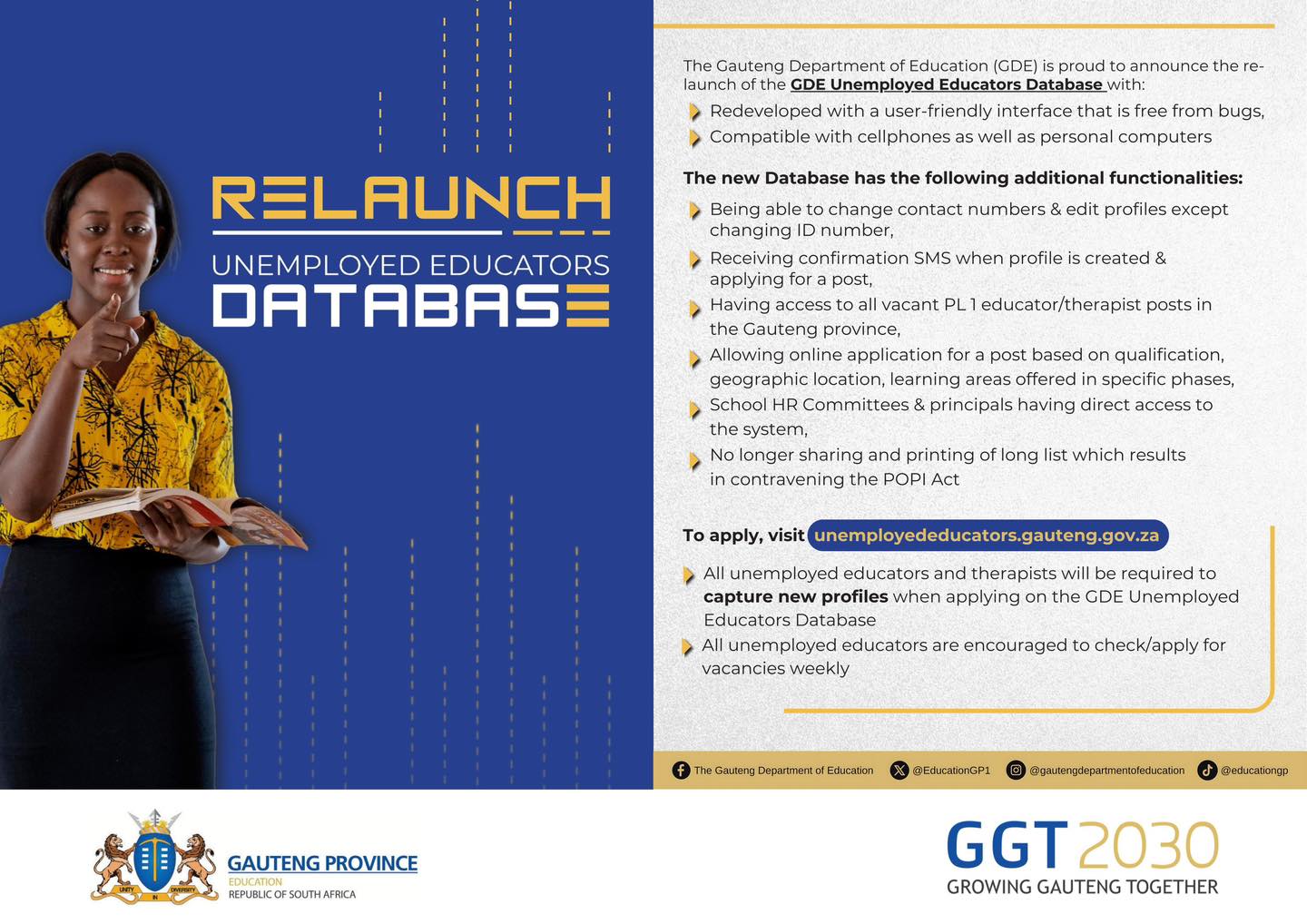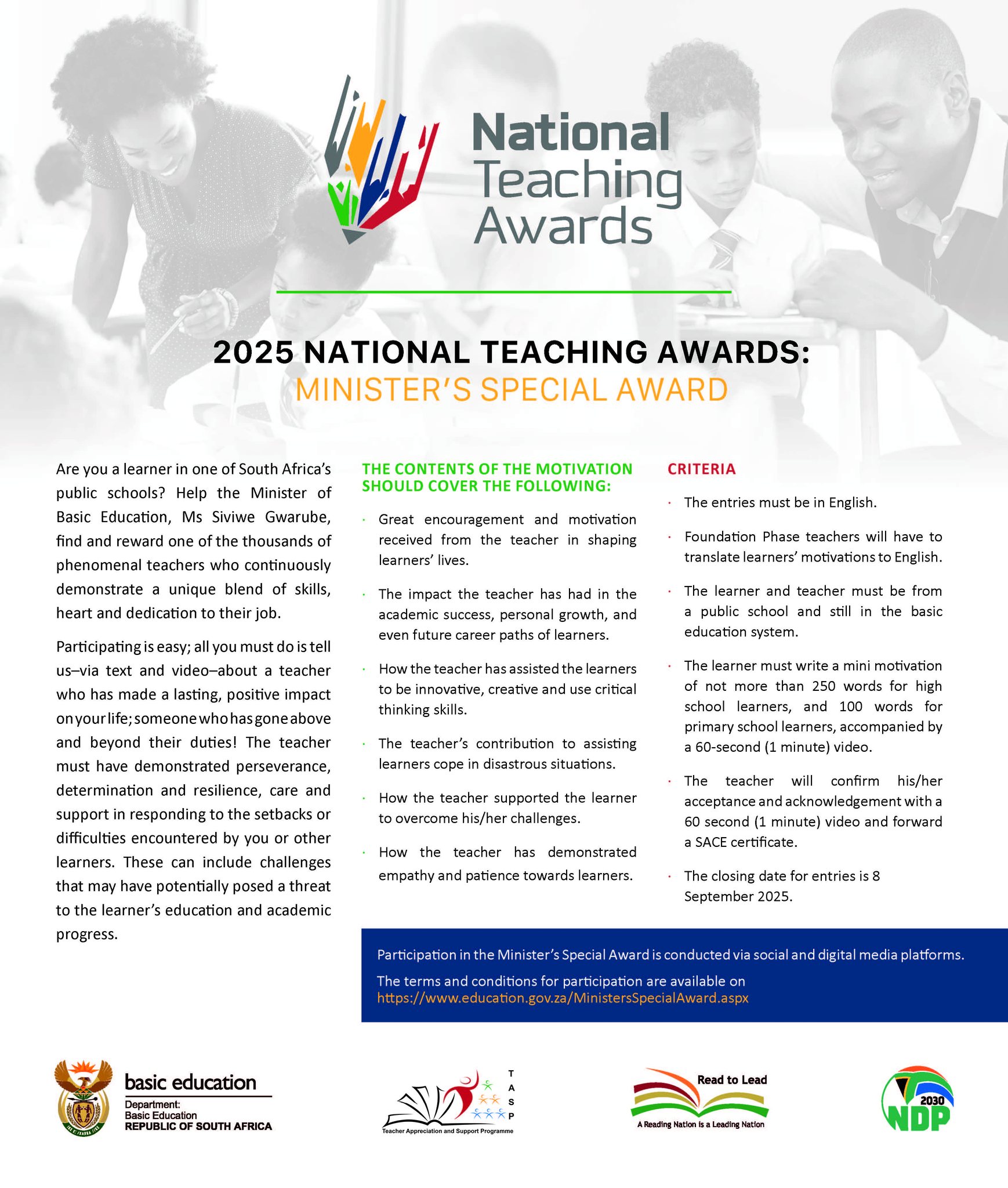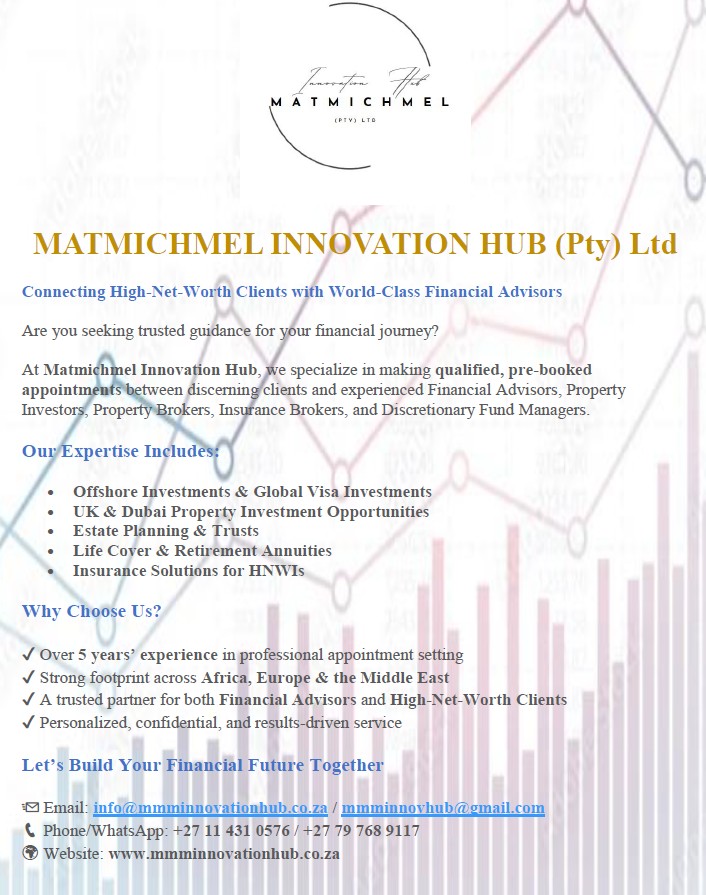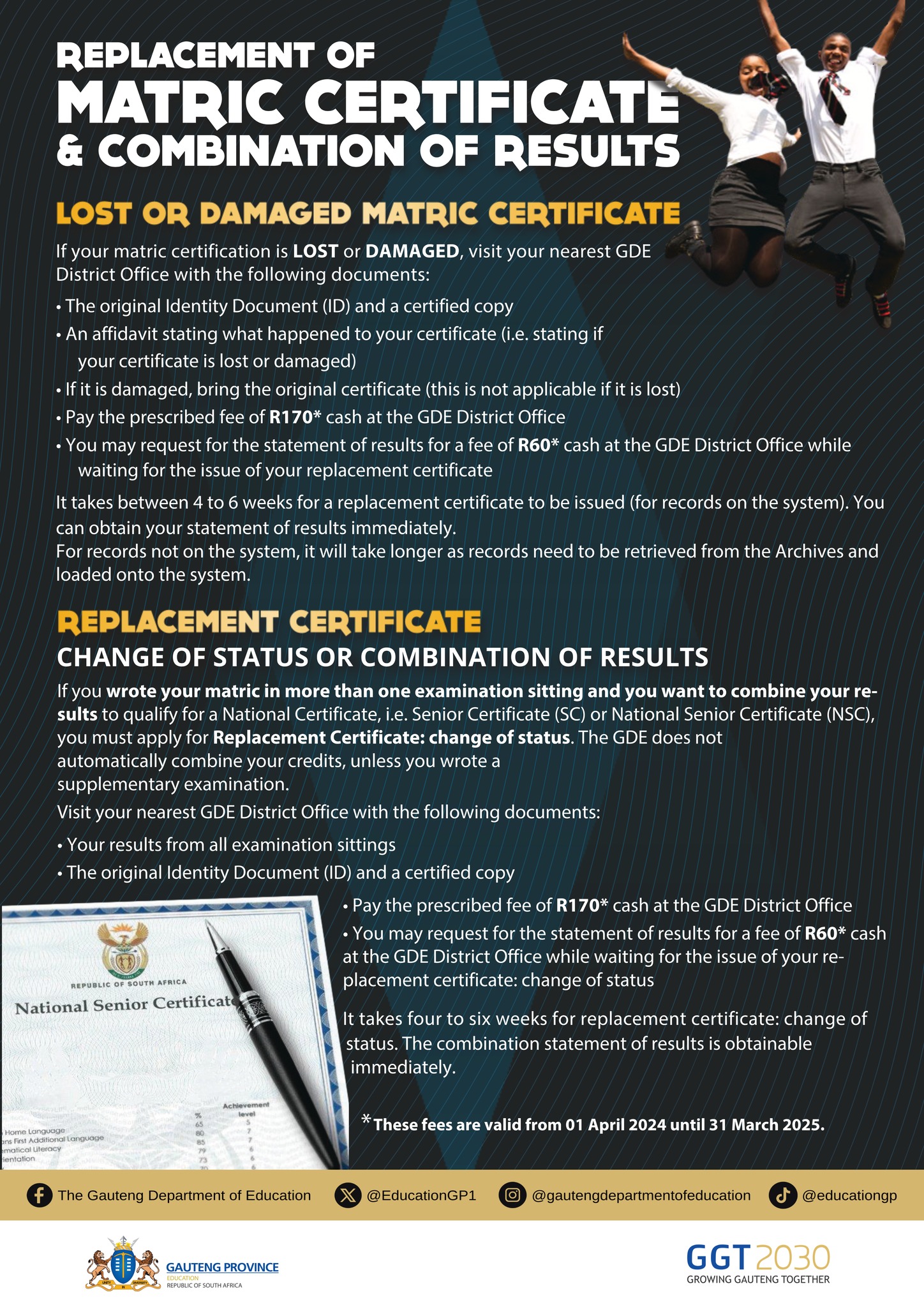Prof. Busisiwe Mavuso
– When public and private resources are mobilised, they must be directed to projects that result in sustainable change.
– Both the effort to rescue ArcelorMittal using TERS and the proposed Transformation Fund, must demonstrate that they will actually solve the problem they intend to.
– The DTIC has positioned the Transformation Fund concept paper as a joint business and public sector initiative, open to business feedback and BLSA will be glad to provide formal input in due course.
Unemployment is a crisis that we must urgently address, and the way to do that is economic growth. Structural reforms increase economic capacity, reduce the cost of doing business and enable companies to invest in expansion. When companies invest to expand they hire people. That is sustainable job creation because those employees are adding to economic output, enabling companies to generate profits which drives further investment and further growth.
It is tempting to use the scarce resources of the state to keep people in work. Sometimes that is justified when there is a brief and finite economic shock that undermines a firm’s capacity to maintain their workforces. Covid was an obvious example when lockdowns forced companies to close their doors making many workers redundant, but when lockdowns were over, those jobs were again sustainable.
We must avoid using public money for jobs that are not sustainable, because they fundamentally are not adding value. If a company cannot generate profit it is not sustainable. If the state steps in to subsidise that business, it must be with a very clear exit plan. Such subsidies can take many forms, including direct investments into the companies, tax breaks or tariff protections. It might be in the public interest to take these steps, provided on exit the public is net better off. But if there isn’t, we are throwing good money after bad. And that damages economic growth and undermines the sustainable job creation we should be striving for.
I make these points because of the series of government-led efforts to fund ArcelorMittal South Africa (AMSA), and the proposal to set up a R100bn transformation fund.
In the case of AMSA, the latest rescue plan proposes to use the Temporary Employer/Employee Relief Scheme (TERS), a scheme created to support workers through the Covid lockdowns. TERS will fund 2,982 employees for the next 12 months at a cost of R417m. This would be fine if there was a clear and sustainable end point, but there doesn’t appear to be one. AMSA has taken the decision to close the plant having lost R1.1bn last year. The company has already received various facilities from the Industrial Development Corporation to support working capital. The TERS facility is on condition that the company participates in a turnaround and recovery programme.
However, as of last week the company was continuing with plans to wind down its milling operations. The relevant AMSA plants produce long steel used in rail, mining, agriculture and other industries. If the structural reforms needed to drive growth came through, AMSA would likely see considerable demand for its output. A restructured logistics system, for example, would trigger major investment in rail infrastructure through public-private partnerships. Firms are failing every day while they wait for the structural reforms needed to drive the economy. AMSA is a highly visible example but there are countless others. If we are to deploy public resources, let’s make it count toward structural reform that drives sustainable economic activity.
On that thought, the Department of Trade, Industry and Competition published a concept paper last week regarding its R100bn Transformation Fund. Again, when money is being directed toward solving a problem, we need to make sure that it will result in a sustainable solution. The challenge for the fund concept is to demonstrate that it will meet this bar – sustainably solve a problem in a cost-effective way.
Unfortunately, the concept paper contains little analysis of what exactly the problem is that the new fund will solve. While we can all accept that transformation should happen faster, particularly enterprise development, the obstacles that need to be managed are complex. An estimated 70% of all new businesses fail in South Africa, for many reasons including a lack of skills, access to markets, and access to funds.
The various initiatives that have attempted to solve this problem, including the supplier and enterprise development component of B-BBEE, have had mixed success.
There are some good examples where companies have fostered successful black-owned businesses and integrated them into their supply chains, ensuring their long-term sustainability. But there are many other companies that have failed to get traction despite significant funding.
It would be much easier to see the logic of the fund if the concept paper carefully diagnosed the problems and presented a clear institutional solution. We know from institutions that are currently involved in enterprise development that it takes armies of mentors and vast resources to support businesses, and they operate on a tiny scale compared to the R100bn fund target. The paper says almost nothing about the institutional design that would be required to achieve its aims or how it will resource it and ensure it is successful.
Positively, the DTIC has positioned the paper as a joint business and public sector initiative and is open to business feedback to help develop it. BLSA will be glad to support that ambition and provide formal input in due course.














